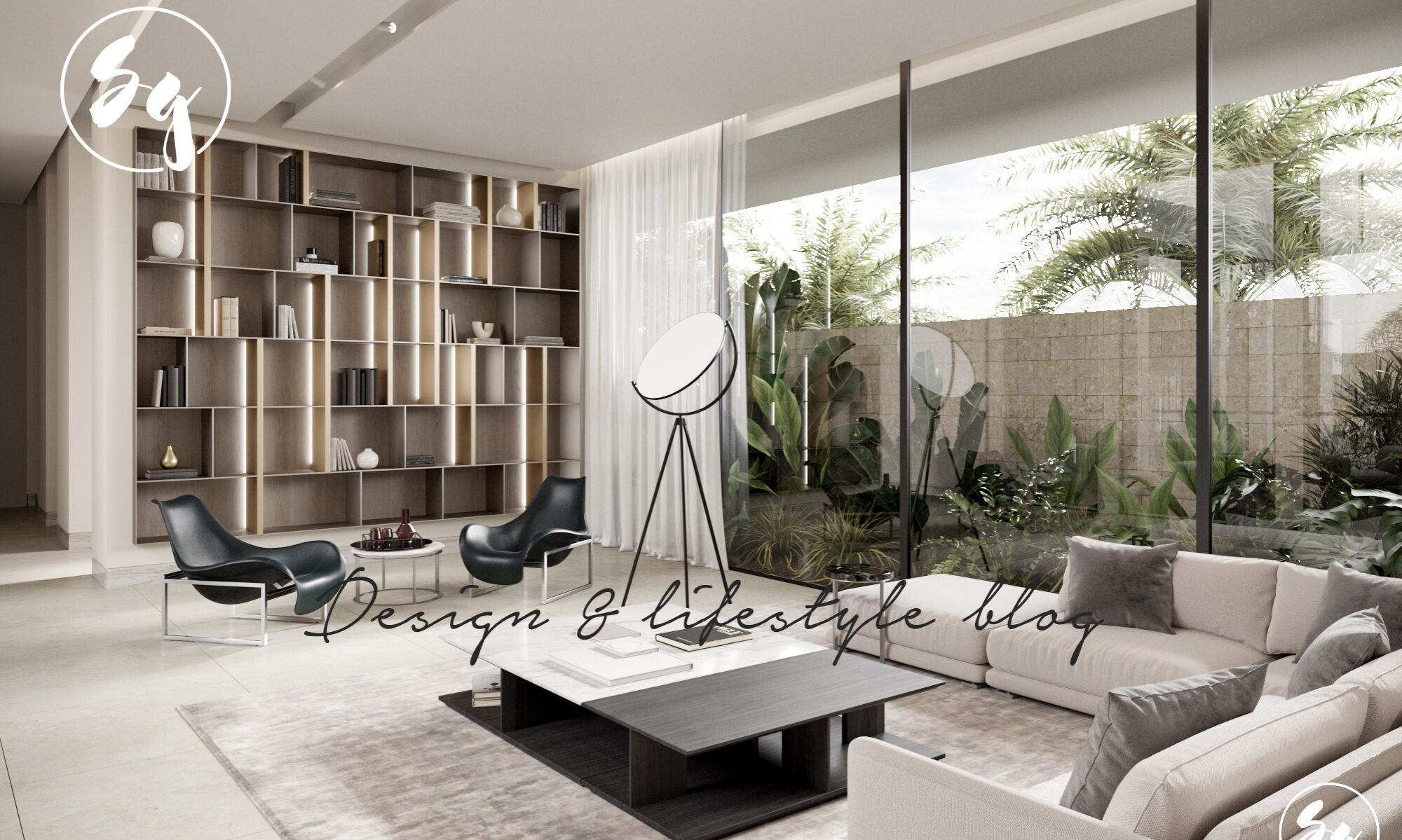[et_pb_section fb_built=”1″ admin_label=”section” _builder_version=”4.16″ global_colors_info=”{}”][et_pb_row admin_label=”row” _builder_version=”4.16″ background_size=”initial” background_position=”top_left” background_repeat=”repeat” global_colors_info=”{}”][et_pb_column type=”4_4″ _builder_version=”4.16″ custom_padding=”|||” global_colors_info=”{}” custom_padding__hover=”|||”][et_pb_text admin_label=”Text” _builder_version=”4.24.3″ background_size=”initial” background_position=”top_left” background_repeat=”repeat” hover_enabled=”0″ global_colors_info=”{}” sticky_enabled=”0″]
Going through Lebanese towns, you will notice that almost every area has demolished or abandoned houses because of the 15 year civil war Lebanon witnessed. Most of these beautiful homes have not been refurbished, due to the fact that they either were severely damaged and would cost alot, or the owners have established their lives elsewhere and find it painful to come back. Najib from Blogbaladi posted about this house a couple of days ago, I had to find out more about it.
The owner of this beautiful home, Philippe Jabre, however, decided to renovate it most probably in memory of his brother who died trying to save it when it was occupied by the Syrian army back then. He worked closely with architect Nabil Gholam and Vladimir Djurovic for the landscape design. The place is full of beautiful artwork and sculptures by Xavier Corbero, Jaun Plensa, Giuseppe Penone, and the furniture is by Jean Royere. The project took almost 9 years and cost around $10 Million. The addition of the perforated iron on the facade was to give the illusion of faint trees, honoring the loss of life.
The home renovation project is energy efficient making use of solar panels, double insulation among other things. 1000 pine trees were added in addition to cedar & oak trees. Services from a plumber were also required to upgrade to new pipes and filtration systems.
 The house is of 3 floors, and includes a home theater, an indoor swimming pool and sauna and an elevator. The ground floor of the main house is white reconstituted stone; the first floor is made of solid oak. The piazza flooring is made from basalt embedded with lines of shahhar, a local dark stone, giving different hues of red and brown.
The house is of 3 floors, and includes a home theater, an indoor swimming pool and sauna and an elevator. The ground floor of the main house is white reconstituted stone; the first floor is made of solid oak. The piazza flooring is made from basalt embedded with lines of shahhar, a local dark stone, giving different hues of red and brown.
Photos by Roger Moukarzel
Sources:
[/et_pb_text][/et_pb_column][/et_pb_row][/et_pb_section]











 Logging you in...
Logging you in...
 Loading IntenseDebate Comments...
Loading IntenseDebate Comments...





If you have the money, you can renovate the Baalbeck ruins too…